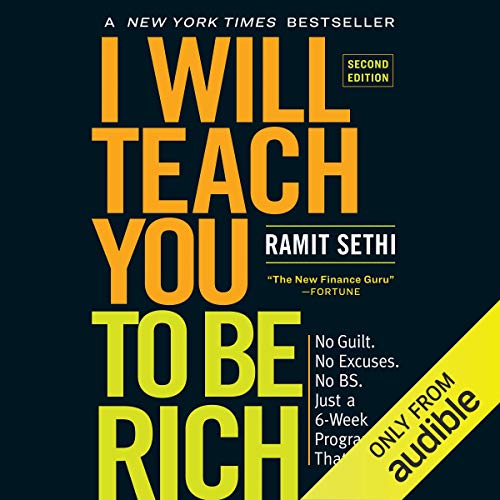
It’s been more than 20 years! Robert Kiyosaki’s “Rich Dad Poor Dad” is a classic in personal finance that questions accepted ideas about wealth and money. Kiyosaki describes in this book the financial lessons he received from two powerful father figures: his own father, whom he nicknames “Poor Dad,” and his best friend’s father, whom he refers to as “Rich Dad.” By means of contrasting their respective financial beliefs and techniques, Kiyosaki shares insightful knowledge on how to attain financial success and freedom.
The main thesis of “Rich Dad Poor Dad” is that conventional schooling does not sufficiently educate people for success in the financial world. According to Kiyosaki, academic and professional skills are given top priority in schools, while important teachings on wealth building, investment, and money management are left out. He stresses the need of financial knowledge and exhorts readers to develop an asset-building and passive income-generating attitude.
Get the audiobook of Rich Dad Poor Dad by Robert Kiyosaki for FREE. Give it a try!
Making the line between assets and liabilities is one of the book’s main ideas. According to Kiyosaki, a liability is anything that takes money out of your wallet, such as loans, mortgages, or extravagant spending, whereas an asset is something that puts money in your pocket, like stocks, real estate, or enterprises. In order to attain financial independence, he emphasizes the need of obtaining income-generating assets and cautions against increasing liabilities that deplete financial resources.
Furthermore, Kiyosaki emphasizes the importance of investing and entrepreneurship as means of accumulating money. He challenges readers to go beyond the confines of conventional work and consider options for launching their own companies or making long-term investments in assets that increase in value. People may escape the pattern of working for money and instead make money work for them by taking on risk and pursuing financial education.
In order to demonstrate his ideas, Kiyosaki uses tales from his own experiences and applicable lessons throughout the book. He places a strong emphasis on the value of taking measured chances, growing from setbacks, and consistently enhancing one’s financial literacy. He also dispels myths around money, such as the idea that saving money is the only path to wealth building or that a large wage ensures financial security.
Since its release, “Rich Dad Poor Dad” has had a profound impact on millions of readers worldwide, igniting conversations about personal finance and motivating people to take charge of their financial destiny. Although there are detractors who doubt the veracity of Kiyosaki’s tales or the applicability of his advice to all readers, the book is unquestionably a provocative read that makes readers rethink their preconceived notions about money and challenge the current quo.
Finally, Robert Kiyosaki’s book “Rich Dad Poor Dad” is a powerful manifesto on generating money and achieving financial independence. Through a comparison of the divergent viewpoints of his two father figures, Kiyosaki provides insightful analysis and useful guidance on attaining financial prosperity. This book offers timeless concepts that may direct you toward financial independence, regardless of your level of experience with investing or level of interest in personal finance.

